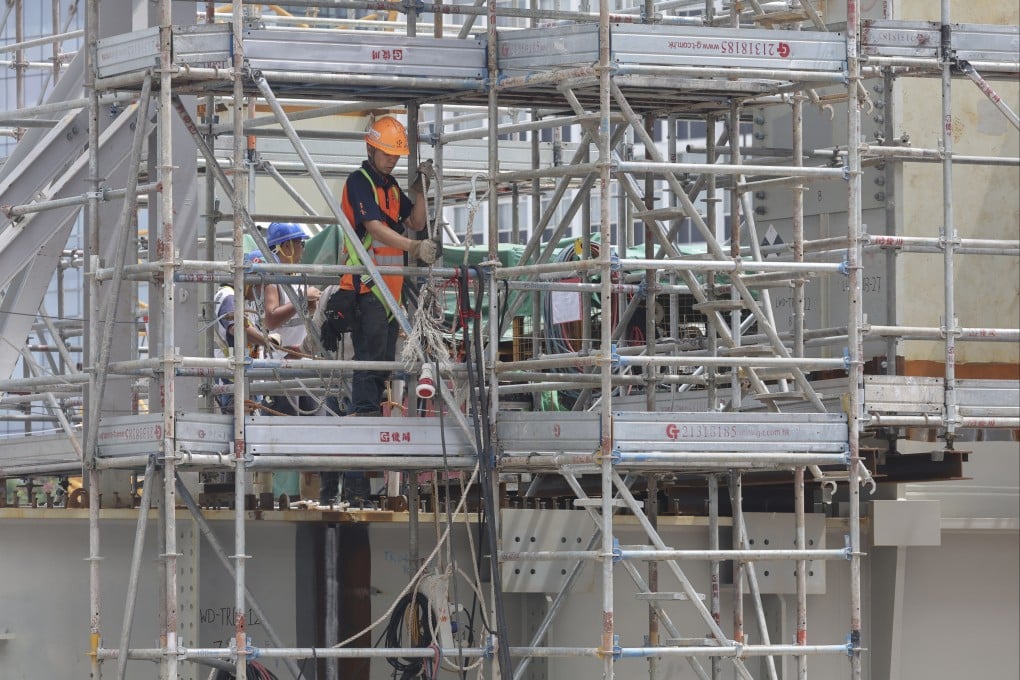Hong Kong developers act to cut supply chain emissions in construction, building materials
Major procurement shifts, policy incentives and technical documentation frameworks are required to drive investments, alliance says

More than a dozen Hong Kong property developers and construction firms have formed a working group to standardise procurement of low-carbon construction materials as part of their climate-action plans.
The group, known as the Hong Kong Proptech Alliance, is seeking to slow or stop emissions embedded in construction materials across the industry’s supply chain. Major procurement shifts, policy incentives and technical documentation frameworks are required to drive investments that will help the building industry transition to low-carbon products and manufacturing, executives said.
The alliance members include Hongkong Land, Sino Group, Swire Properties and New World Development, in addition to Airport Authority Hong Kong and real estate investment manager Hines Asia-Pacific. It joined consultancy firm Reset Carbon on Thursday to achieve its long-term goals, according to a statement.
“The key challenge for us, and also the industry and suppliers in Hong Kong and mainland China, is a lack of transparency on the availability and credibility of low-carbon construction materials,” said Kent Jan, head of digital transformation and innovation at Hongkong Land, the biggest landlord in Central.
Some 60 per cent of carbon emissions in Hong Kong stem from electricity consumption in buildings, government data showed. Globally, 28 per cent of emissions come from the lifetime operations of buildings, as well as 11 per cent from the construction process and the production of building materials, according to the UK’s Royal Institution of Chartered Surveyors.
“Lots of Hong Kong companies have got a lot more progressive on carbon reduction by setting science-based targets that require them to engage into their supply chains,” Liam Salter, founder and CEO at Reset Carbon, told the Post. “If we want the supply chain to respond to that, we need to send a bigger demand signal.”

